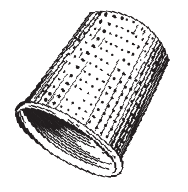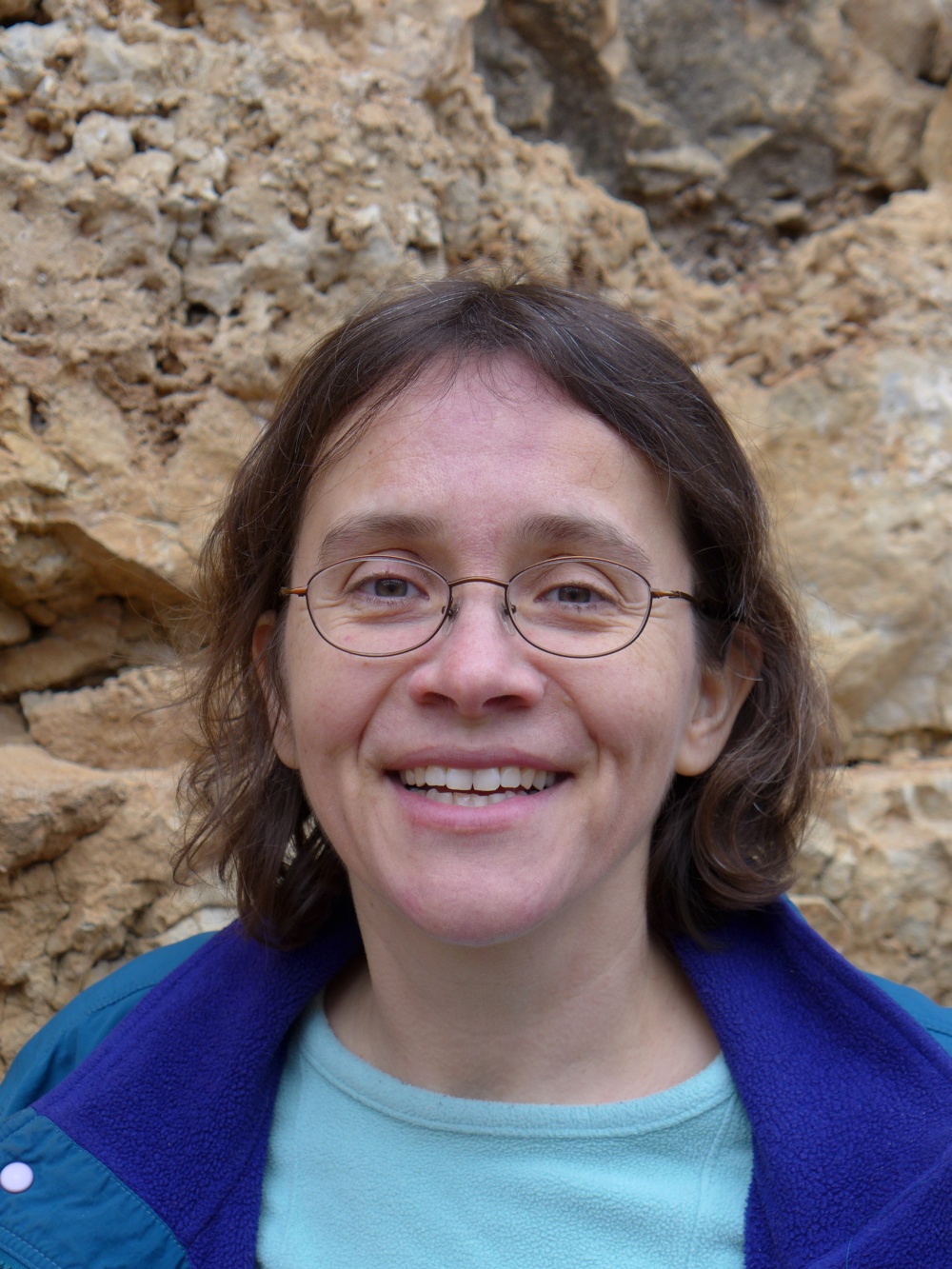Dear Readers,
I am one of the associate editors and delighted to get to write the letter for this issue. Greetings from Missouri!
Summer here is hot, humid, and green. So green. The woods are a jungle. Vines obscure the bluffs. The trails are swallowed by vegetation; all kinds of plants cover the forest floor. What appears like a uniform green mass reveals astonishing details once you bend down to look closely. Leaves shaped like hearts, hands, feathers, arrows. Simple and compound. Serrated, wavy, smooth margins. Even if you’re not into plants, you better learn to recognize poison ivy.
The spring-fed rivers are cool and clear. You can see all the way to the bottom where colorful rocks form a mosaic, ephemeral artwork created and changed by the currents. On the gravel bars, you can find fossils of shells, prints made millions of years ago.
One of the poems in this issue is titled Accidental Poetry, by Laura Buxbaum. Art and poetry are all around us, waiting to be discovered: in the words of a young child or those of a dying man. In the memory of a red velvet coat or a pair of pointe shoes. In a hospital room or on a deserted beach. The poems in this issue show: we just need to listen and look.
It’s always the details. You start thinking about the small, concrete thing, and then let your thoughts expand outwards. A mosaic is formed from small colored shards. A life is made from minutes, hours, and days.
For me, writing poetry has changed the way I see. I have learned to pay attention. To notice details. When I do it, I feel more awake. More connected. Paying attention can act as a powerful antidote to grief, sadness, and despair.
Paying attention connects us with the world and each other. Paying attention creates shelter. May you notice the thimble-sized details around you and discover accidental poetry. Thank you for being here.
Best,
Agnes Vojta


